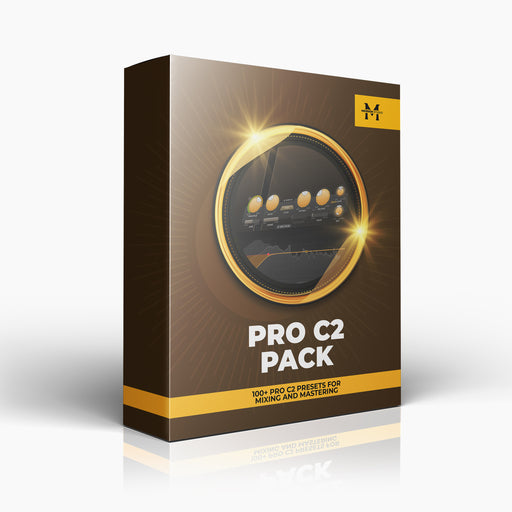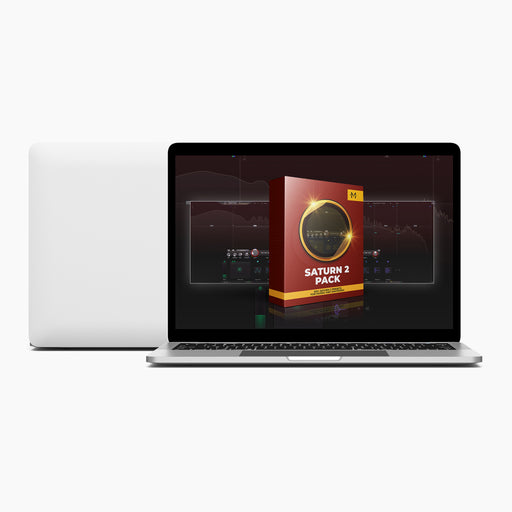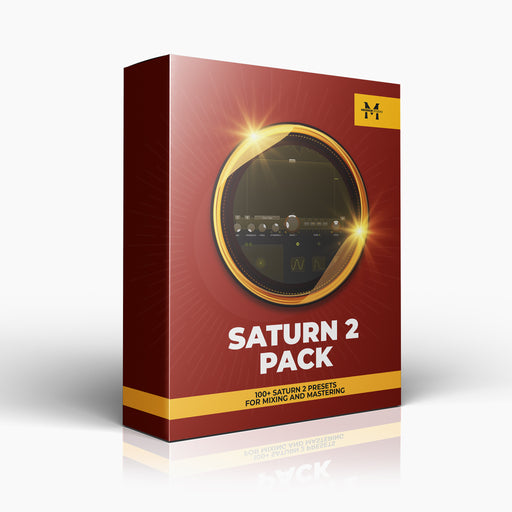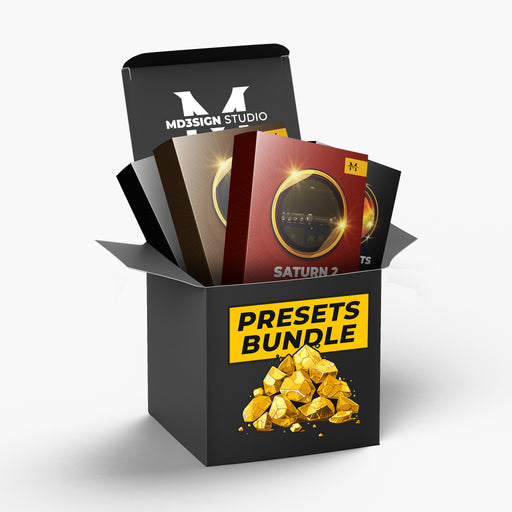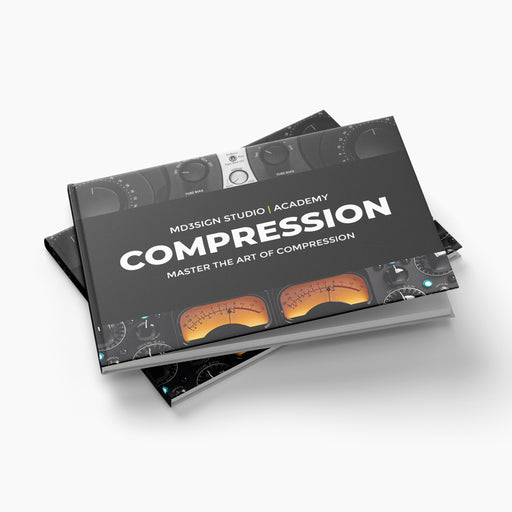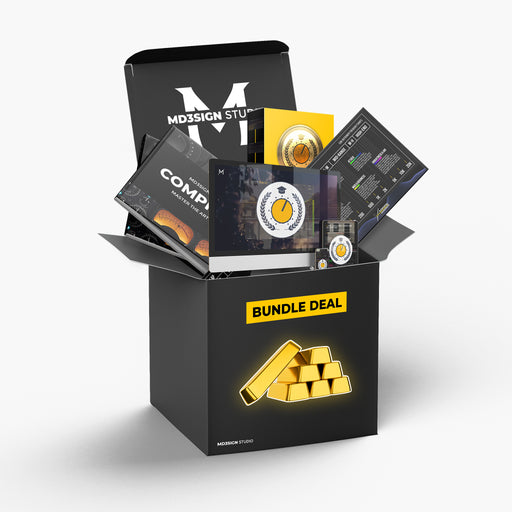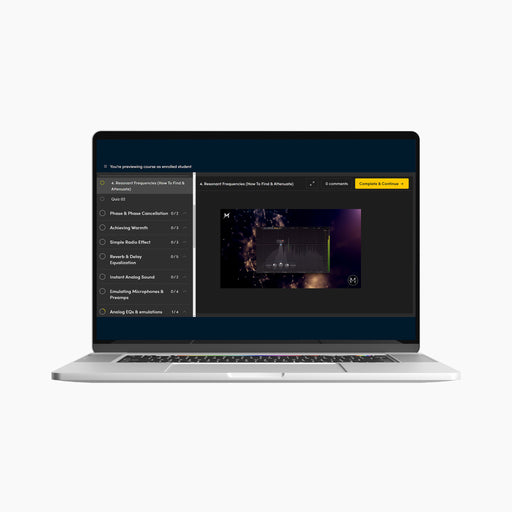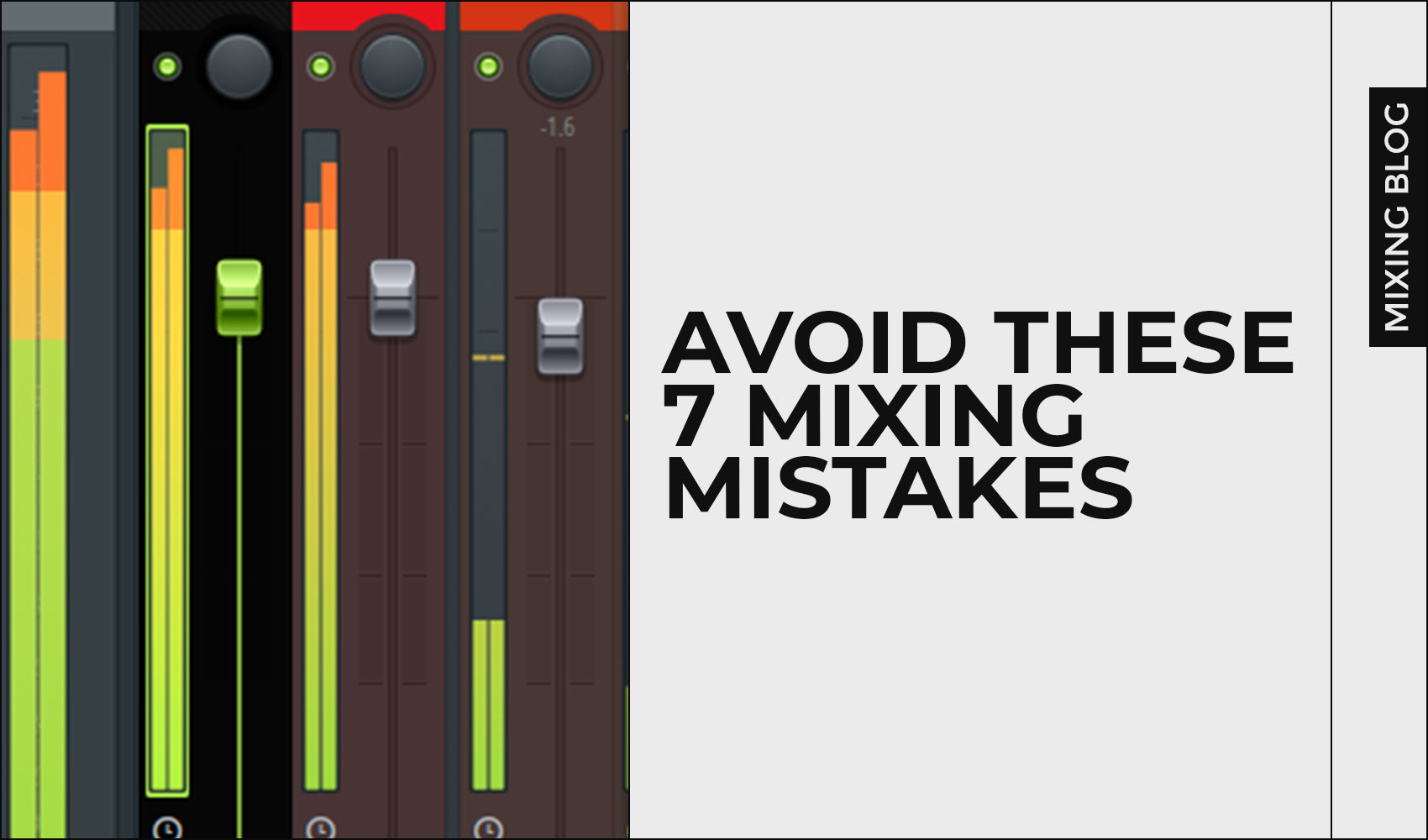
Avoid These 7 Mixing Mistakes!
Mixing mistakes happen, and that's the part of the whole process. Constant learning, trying new stuff and experimenting overall. The best way to learn is to make mistakes and then learn from them. By doing that, you'll learn what caused that mistake and how to fix it & don't repeat again.
In this blog, I'll be mentioning 7 Mixing Mistakes that I see people usually make. Watch out for them in your next session.

Mistake 1: Too Much Compression
Avoid compressing too much. This is the very first rule you need to learn & understand when you're about to use compression in your mix or master. If you compress too much, you'll end up with basically no dynamic range to work with. Remember, dynamics are actually the "life" of your signal/track.
The way I apply compression is overexaggerating the threshold and then slowly backing it down until I like the result. Try it out!

Mistake 2: Mixing In Solo
There are situations where mixing in solo can be very helpful. Those situations are mainly when you're sound designing or shaping the instrument to your personal taste outside the context of your mix. That's basically a creative decision.
However, if you're mixing in solo non-stop, that can cause you trouble since you're not hearing the sound you're mixing in context of your mix. Instead of mixing in solo, mix in the context of the mix in order to hear the difference you make by affecting a certain sound.

Mistake 3: Narrow Cuts on Low Frequencies
If you use a narrow cuts on low frequencies, those cuts will be more drastic and will remove a lot of energy from your low end instruments such as the kick and bass. Using narrow cuts on low and high end won't perform the same since low end cares a lot more energy and those frequencies are much slower than the high ones.
Instead, try a bit wider cuts and not so drastic in terms of dB.

Mistake 4: Forgetting About Stereo Field
If you want a consistent and wide mix, you have to pay attention to your stereo field. By forgetting to do panning and stereo widening, your mix could potentially become too narrow and sounding amateur.
This also means you need to make sure your mix is not too wide. Find a balance in between. Also, your mix should be mono compatible as the one on the picture below this paragraph. If the mix sounds good in stereo, you have to make sure it sounds good in mono too.

Mistake 5: Using Plugins without a Purpose!
Amateurs usually start using a lot of cool plugins right away and different processors. This is a mistake because you need to do leveling, stereo balance and overall spectral balance before actually getting to all those cool plugins.Mistake 6: Forgetting About Headroom
I am very aware that we're working in a digital world where you can use a gain plugin to create headroom in mastering, but the results won't sound the same. That's why we always remind our students to leave at least 3 up to 6dB of headroom for mastering purposes. As a mastering engineer myself, mixes with provided headroom help a lot to get the most from the mastering session.
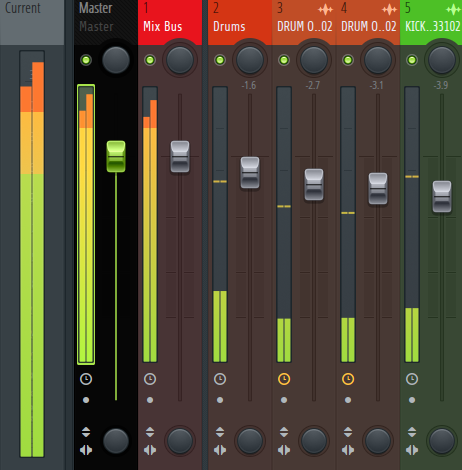
Mistake 7: Overlapping/Masking
Frequency overlapping is a very common problem in almost every single mix. It happens when two or more instruments are sharing the same frequency range and "fighting" for their space in that range.
Master The Art Of EQUALIZATION with Md3sign Studio:
With EQ MASTERCLASS you will:
- Learn all the necessary fundamentals of music equalization
- Understand why is equalization important
- Learn how to use equalization as your biggest weapon for powerful mixes
- Attend Beginner to Pro lessons (5+ hours of video content)
- Test your knowledge after each lesson through quizzes
- Learn advanced EQ tricks used by pros
- Receive unique EQ presets made during the classes
- Receive 160+ pages EQ Book
Learn more from our best-sellers!
-
Pro C2 Presets Pack
Original price $17.50 - Original price $17.50Original price$17.50$17.50 - $17.50Current price $17.50Presenting long-awaited "Pro C2 Presets Pack" - The Exceptional FabFilter Pro C2 presets to completely change the way you approach dynamics treatme...
View full detailsOriginal price $17.50 - Original price $17.50Original price$17.50$17.50 - $17.50Current price $17.50 -
Saturn 2 Presets Pack
Original price $17.50 - Original price $17.50Original price$17.50$17.50 - $17.50Current price $17.50Presenting "Saturn 2 Presets Pack" - The Mind-Blowing FabFilter Saturn 2 presets to completely change the way you approach saturation on your mixes...
View full detailsOriginal price $17.50 - Original price $17.50Original price$17.50$17.50 - $17.50Current price $17.50 -
Presets Bundle
Original price $64.99 - Original price $64.99Original price$64.99$64.99 - $64.99Current price $64.99This Bundle Deal includes: Pro C2 Preset PackSaturn 2 Preset PackPro MB Preset PackEQ Preset Pack
Original price $64.99 - Original price $64.99Original price$64.99$64.99 - $64.99Current price $64.99 -
EQ + Compression Bundle
Original price $125.00 - Original price $125.00Original price$125.00$125.00 - $125.00Current price $125.00This Bundle Deal includes: The Art Of Compression:260+ pages of detailed explanationsBeginner to ProGraphic illustrationsSecret techniques used by ...
View full detailsOriginal price $125.00 - Original price $125.00Original price$125.00$125.00 - $125.00Current price $125.00 -
EQ Masterclass
Original price $100.00 - Original price $100.00Original price$100.00$100.00 - $100.00Current price $100.00Beginner to Pro lessons Everything you don't understand about Equalization is explained through 5h+ long Masterclass split in 28 well edited video...
View full detailsOriginal price $100.00 - Original price $100.00Original price$100.00$100.00 - $100.00Current price $100.00



